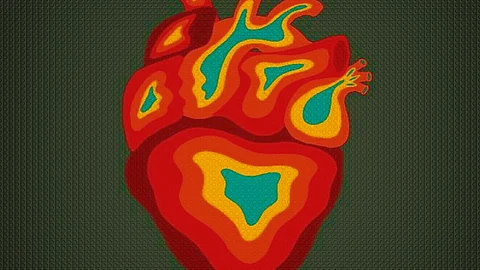While there may be some overlap between SCD and SUDEP, “Sudden cardiac death is a result of heart disease, while SUDEP excludes patients with any kind of heart disease that the pathologist can identify,” said Pang. “The SCD group tends to be older, 40 to 75, while patients in the SUDEP group are younger, 20 to 40.”
Pang, Verrier, and colleagues have proposed that chronic seizures—as well as antiseizure medications—damage the heart and coronary vasculature, leading to electrical and mechanical dysfunction. The “epileptic heart” is damaged from repeated hypoxemia, the toxic effects of catecholamines (such as adrenaline) released during seizures, and accelerated atherosclerosis, which can be partially associated with the use of sodium-channel-blocking antiseizure medications.
In their 2020 publication, Verrier, Pang, and colleagues suggest that the increased risk of SCD in people with epilepsy stems from this damage. Preclinical and post-mortem studies have identified cardiac structural changes in people with epilepsy, including myocardial fibrosis and myofibrillar degeneration.
Seizures, particularly generalized tonic-clonic (GTC) seizures, place intense energy demands on the cardiovascular system. During a seizure, the oxygen supply to the heart is reduced; at the same time, the heart is exposed to catecholamines, which “can actually stun the heart,” said Verrier. “When you measure ejection fraction, the percent of blood ejected with each beat, it can be reduced from a normal level of 60% down to 40%.”
Catecholamine levels remain high in the post-ictal period. A study of 30 patients receiving simultaneous video EEG and electrocardiography (EKG) found that blood markers of cardiac stress were elevated in 25% of patients who had GTC seizures, without apparent clinical symptoms.
Animal studies also suggest that seizures alter cardiac ion channel expression over time, leading to increased sympathetic tone and potentially predisposing to arrhythmias. Animal models have shown changes in sodium and potassium channels, sodium-calcium exchangers, and hyperpolarization-activated cyclic nucleotide-gated channels.


